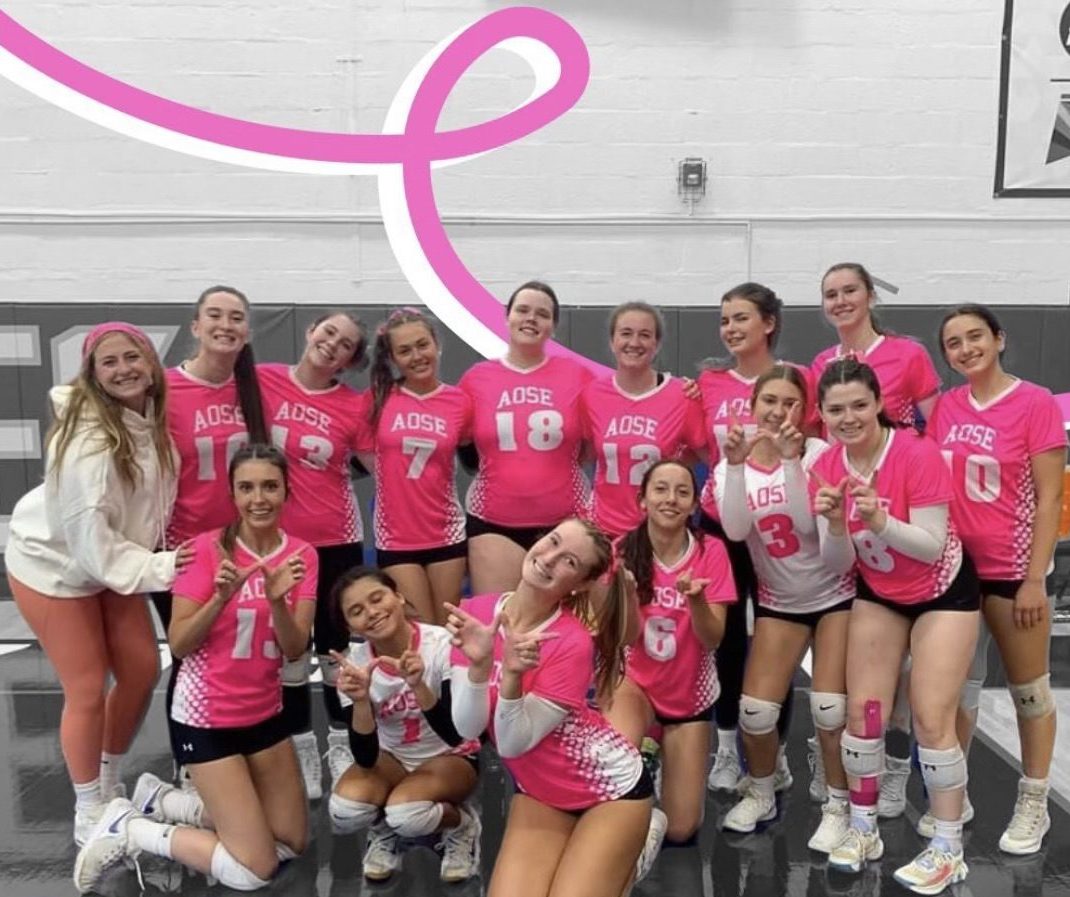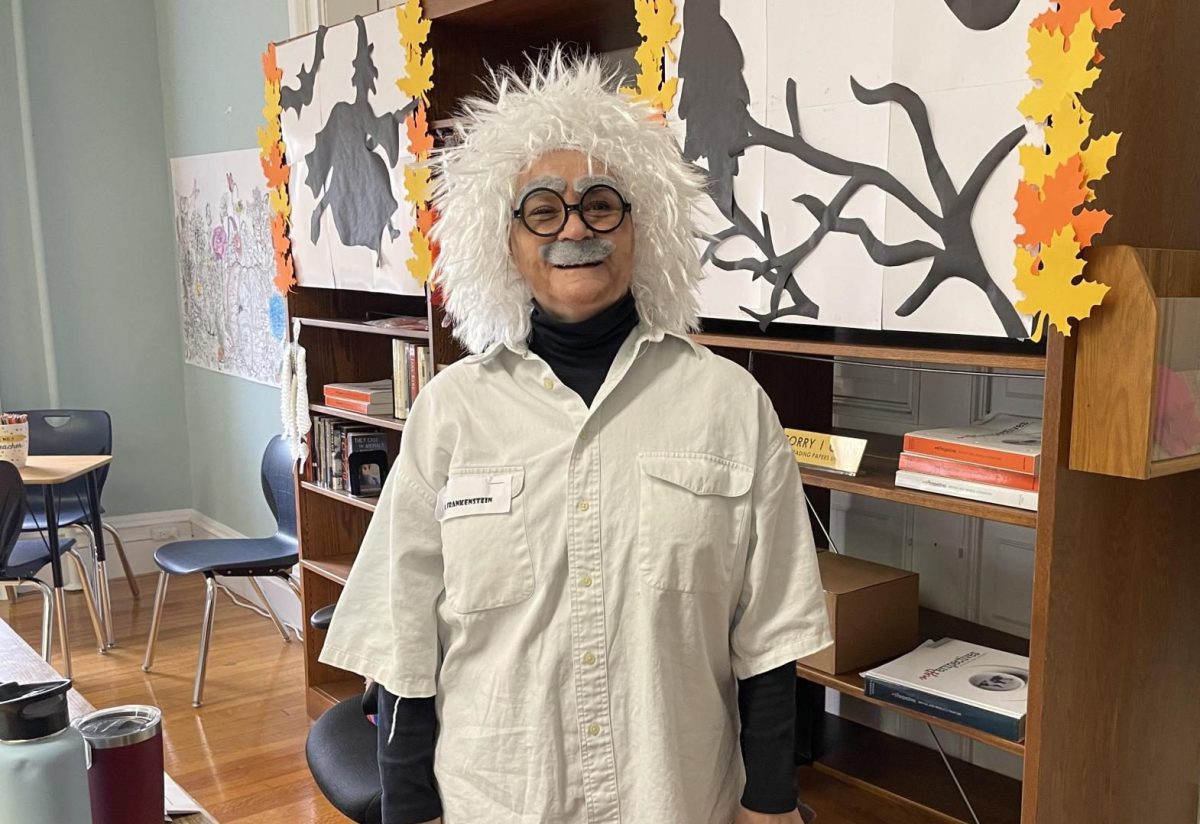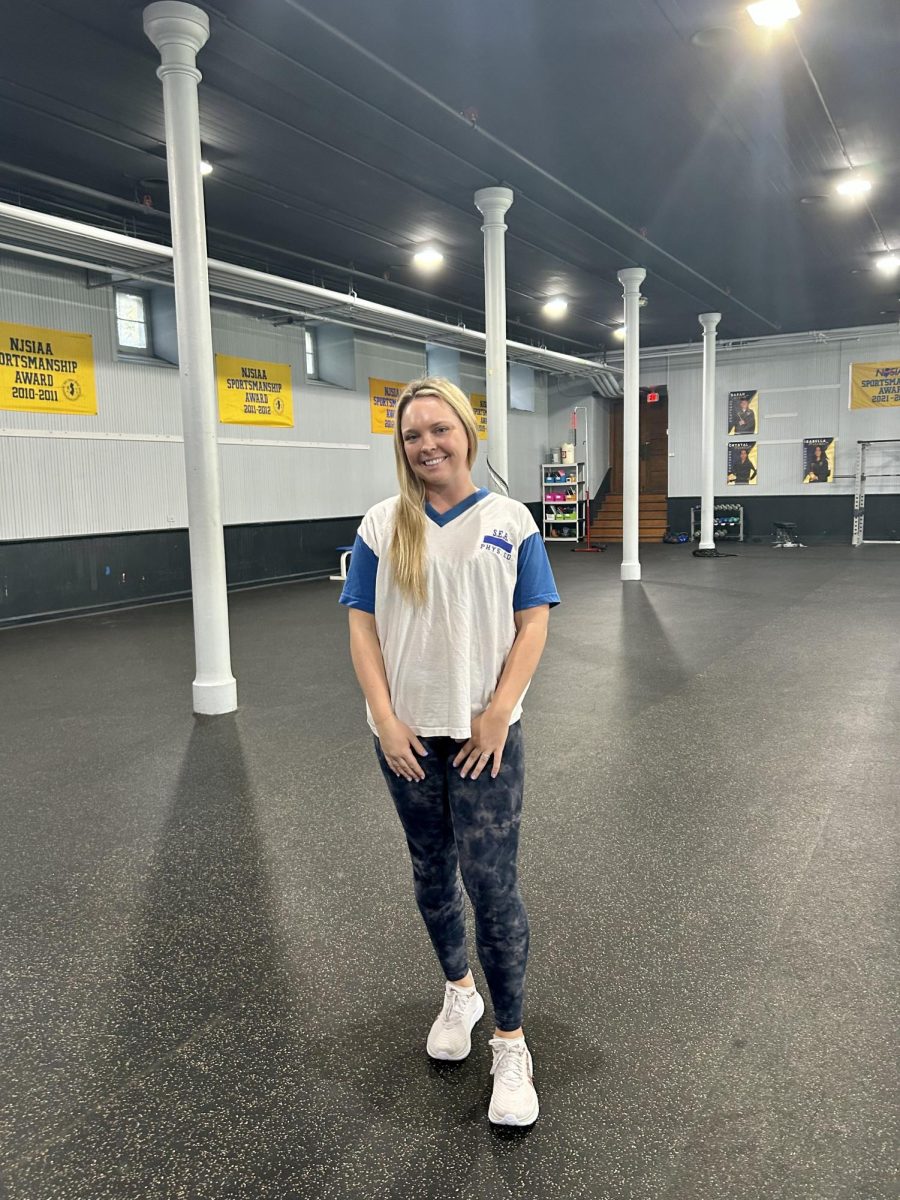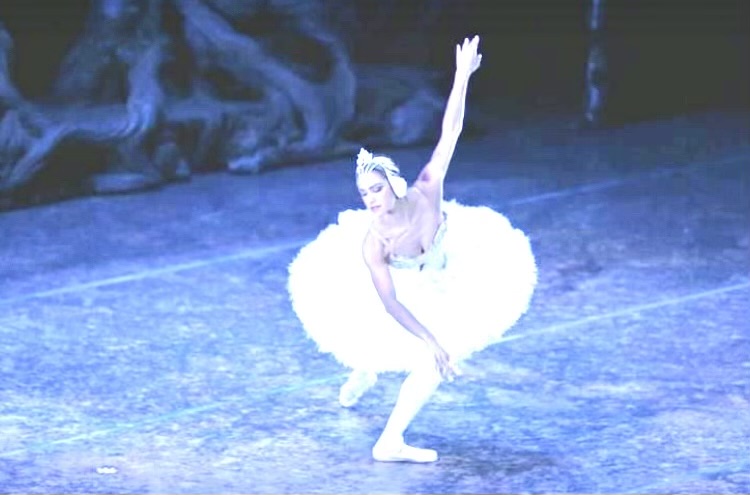Every little girl needs a role model. As we celebrate Black History Month, it is important to learn about role models in the Black community that have bettered our world in many ways. To ballerina Misty Copeland, her acclaim and success are not just in the bright lights of the stage or the applause from fans, but from the wonderful impact she has on young dancers of color such as herself. As the first African American female principal dancer with the American Ballet Theatre (ABT), she has had a share of trials but, ultimately, triumphs.
Born September 10, 1982, in Kansas City, Missouri, U.S., she lived a childhood of financial instability. Her mother had multiple troubled marriages. For a large part of her childhood, Copeland was unfamiliar with ballet, the performing art that has now become her claim to fame. Dancing casually on her middle school’s drill team, she was quickly noticed by her coach and introduced to her present ballet mentor, Cynthia Bradley. Her formal ballet training quickly ensued at age 13. For those unfamiliar with the dance world, it is commonly encouraged to start a young dancer’s career at the age of three to ensure a natural progression from creative, interpretive movement to developing the foundation upon which a strong technique lies. However, Copeland started at age 13, around the time many young ballerinas would gain pointe shoes, arguably one of the most exciting and crowning moments of a dancer’s career. However, she did not let negative voices crowd out her passion for ballet and soon advanced in her training, going on pointe after a mere three months of training.
Continuing to study ballet at Lauridsen Ballet Centre, she soon gained entrance to the prestigious American Ballet Theatre (ABT) summer intensive program. Becoming the ABT National Coca-Cola Scholarship, her natural talent and dedication were becoming increasingly apparent. Finally, in 2001, she joined the ABT. Climbing through the ranks of studio company, corps de ballet, then soloist, she became an American Ballet Theatre principal dancer in 2015.
What makes Copeland’s accomplishments even more stellar is that she continued to excel despite prejudice and exclusion within the ballet community. Singled out not just because of her darker skin tone but also because of her muscular body type that was in stark contrast to the pale and slim figures of the dancers around her. Though Copeland was not the first ballerina in her company to be Black or a person of color, her discipline from a young age and her unfailing determination landed her in the spotlight. She has worked with Prince in his music video, “Crimson and Clover,” been endorsed by Coach and Under Armour, and starred in the 2018 film The Nutcracker and the Four Realms. She also engages in philanthropic efforts that elevate and mentor young boys and girls.
Through her passion for ballet and her dedication to elevating the voices of young people of color, Misty Copeland has solidified herself as a champion of diversity efforts. She continues to dance professionally, and audiences can only wait to see what positive changes she will continue to make in her career.
References

























































Sofia • Feb 15, 2024 at 10:21 am
This is fabulous! I have learned about Misty Copeland through several classes; her journey always amazes me. You have provided so many key details! She is truly inspiring!
Morgan L. • Feb 11, 2024 at 1:48 pm
It’s amazing that you saw Misty Copeland in person! Love the photo.